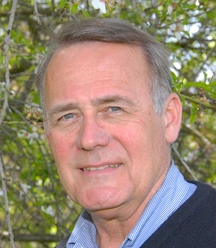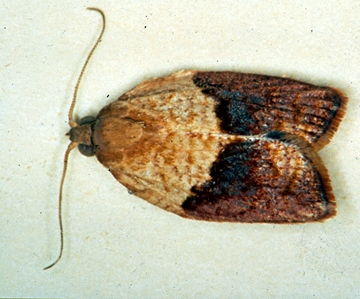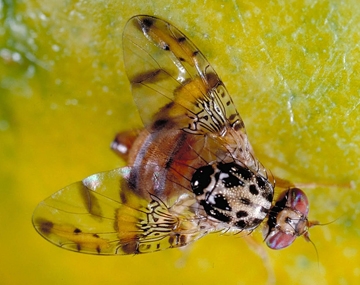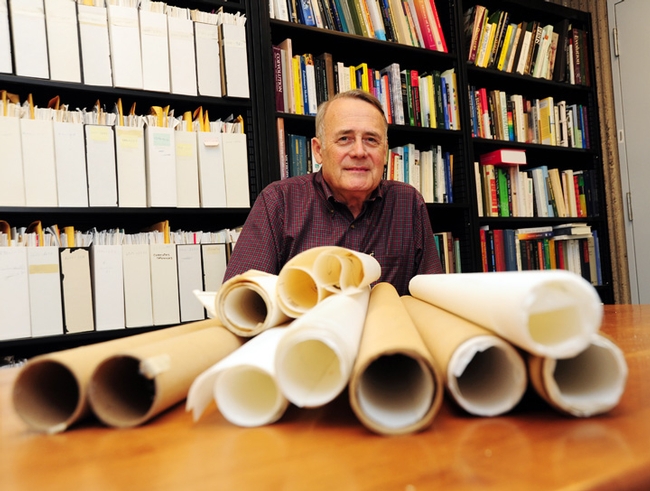
Carey's public service led to much-needed in-depth discussions and greater understanding of these two agricultural pests; saved California millions in cancelled ineffective programs; and focused national and worldwide attention on how to deal with invasive pests.
An internationally recognized leader and distinguished scholar in invasion biology spanning three decades, Carey launched an informed, concerted and widespread effort to reveal the science about the invaders that threaten California's $43.5 billion agricultural industry. His well-documented research in basic and applied aspects of invasion biology shows that these pests are established and cannot be eradicated. They continue to spread, despite more than 30 years of intervention and nearly 300 state-sponsored eradication programs.


Highly honored by his peers, Carey received the 2014 C. W. Woodworth Award, the highest award given by the Pacific Branch of ESA, and a 2014 Academic Senate Undergraduate Teaching Award. He was selected a plenary speaker for ICE 2016, the XXV International Congress of Entomology, to meet Sept. 25-30, 2016 in Orlando, Fla.
His past public service includes chair of the University of California Systemwide Committee on Research Policy; member of the systemwide UC Academic Council; and vice chair of his department. He presently serves as the associate editor of three journals: Genus, Aging Cell, and Demographic Research.
(Read more about his work here.)
Some comments about his work:
- Vice Provost and Dean Robert E. Page Jr. of the College of Liberal Arts and Sciences, Arizona State University, describes Dr. Carey as “one of the most active, intelligent, diligent, curious, attentive, creative and passionate scientists not only on the UC Davis campus, but nationally and globally.”
- Nan Wishner of the California Environmental Health Initiative, says “Jim provided not only his own scientific expertise but supported and assisted us in researching relevant scientific information on the behavior of and actual threat posed by the apple moth and other pests, the potential strategies for addressing pests, and the fundamental scientific principles underlying choices of policies and practices.” She describes him as “a tireless advocate for the involvement and engagement of the public affected by agency pest management decisions.”
- Sandra Ross, executive director of Health & Habitat, Inc., a nonprofit organization dedicated to developing, implementing and promoting a holistic approach to life, health, and the environment, says that Carey used his expertise to show that these pest eradication programs did not work, and provided accurate information so informed decisions could be made. “He is especially good at interacting with the lay public, and explaining the situation in terms they can understand. He does this even if his critique of a program may earn him the displeasure of an agency, and could jeopardize future funding for one of his projects.”
Attached Images:
